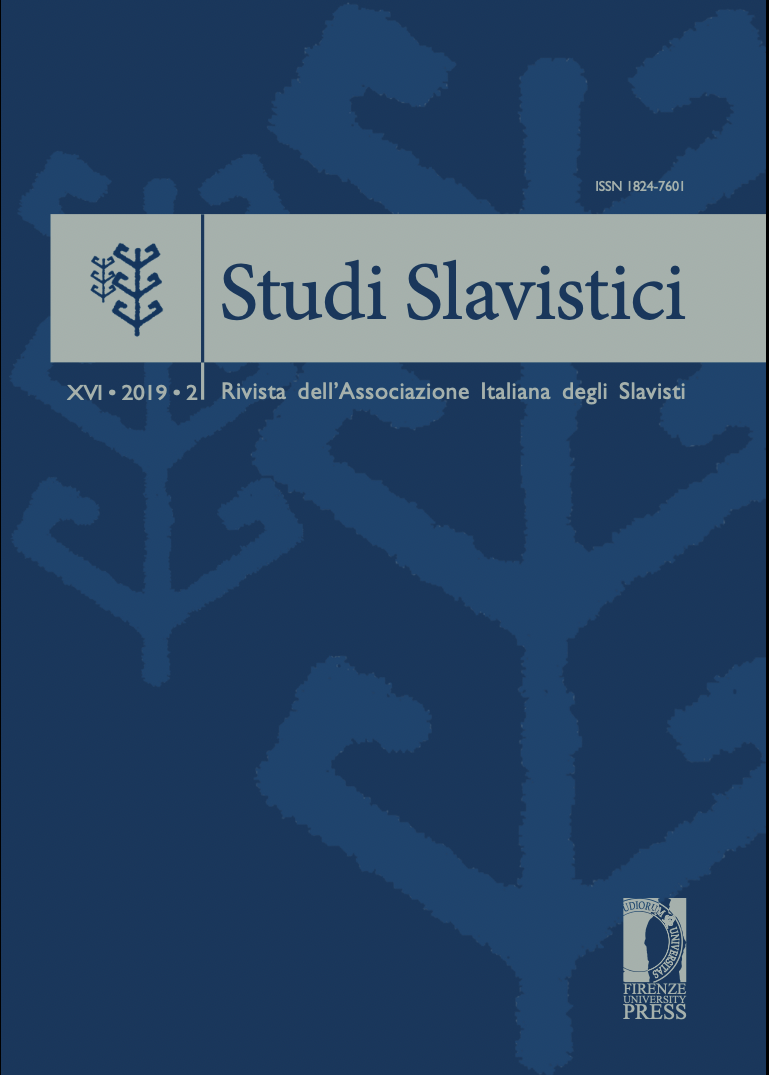The Ukrainian Spelling Reforms, Half-Reforms, Non-Reforms and Anti-Reforms as Manifestation of the Soviet Language Policy
Published 2017-11-03
Keywords
- Ukrainian Spelling Rules,
- Language Standardisation
Abstract
Standardisation of the Ukrainian language during the Soviet period passed through a number of fluctuations which had their impact on the language structure, including the spelling.
In 1921 the first state-supported spelling rules appeared in Soviet Ukraine, which were based on the language usage of the Eastern part of the country. By contrast the spelling reform of 1928 aimed at unifying the speaking and writing habits of both Easterners and Westerners. When the Soviet authorities assumed an oppressive attitude towards non-Russian peoples at the turn of the 1930s, the official spelling was rejected as “nationalistic” and pro-Polish. Instead, in the anti-reform of 1933, Ukrainian spelling was brought as close as possible to the Russian one (by the same token, it clashed with the internal structure of the language). Thus it required further revision and the spelling discussions of 1938-1945 finally reached a quasi-compromise between the two previous codes, which resulted in a “half-reform”. In the 1960s, another discussion followed, but had no practical results (a non-reform). Finally, in 1990 another half-reform reintroduced some of the authentic Ukrainian elements in the new version of the spelling.


